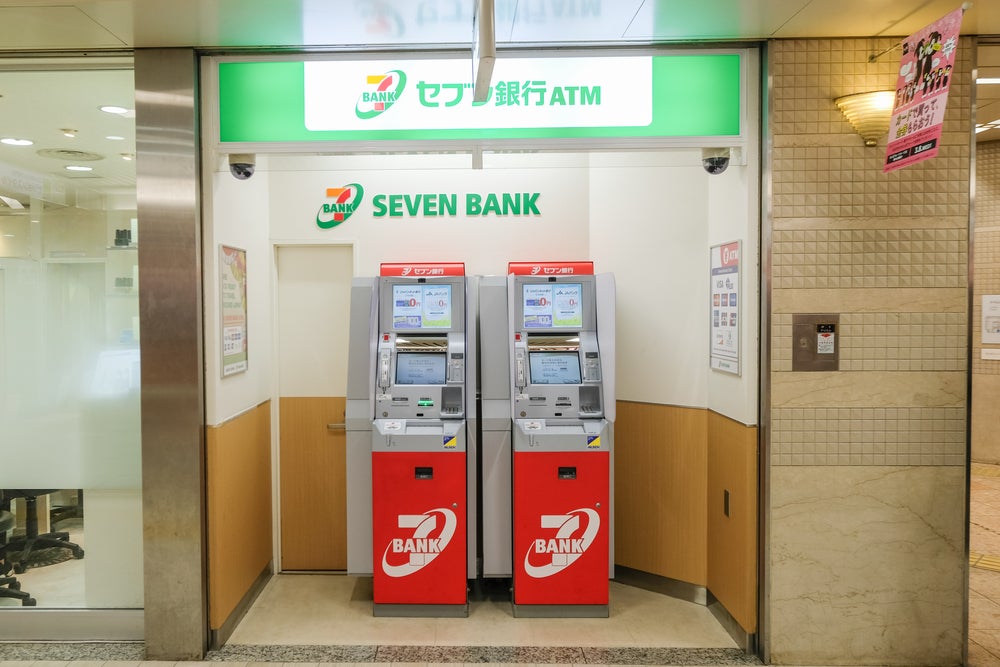Public transport NFC payments have laid the groundwork for contactless in Japan, as in so many markets, and the 2020 Olympics are a key target for EMV migration. Anna Milne gets the lowdown on the Japanese payments market from JCB network’s SVPs for mobile and contactless, Shinji Nishimura and Masaki Yokawa
The upcoming Tokyo Olympic Games in 2020 represent a drive towards EMV migration. "The whole Japanese payment industry is gearing up for the Olympics. Japan is an advanced country in terms of EMV implementation, but still we have mag stripe and therefore a way to go before EMV is fully implemented. Contactless and mobile payments are just starting here so by 2020 we’ll have to have sufficient infrastructure up and running for incoming business from foreign countries.
"Japan is a type F country where we have very limited scale of type A and B, which is the global standard for contactless. Our industry is just beginning to implement A and B standard for NFC and payment products. We can’t say how soon or how big that’s going to be in the next three or four years, but there’s a momentum in the industry to be ready to accommodate those incoming visitors. That’s where we are right now."
In Japan, JCB cards are as ubiquitous as Visa, MasterCard and UnionPay. JCB was established in the Japanese market in 1961, as a card and merchant acquiring business and also does brand licensing.
"We have a similar model to Amex. From the standpoint of being a payments network, we provide solutions and products such as EMV, contactless, mobile, 3D secure, PCI, as with other payment networks, and, being a card issuer and merchant acquirer, we also issue cards – EMV, contactless and QUICPay. The latter is only implemented in Japan."
JCB has its eyes on both the global and Japanese market. In Japan there are unique requirements and processes in the payments market, and JCB is preparing two solutions for NFC contactless. The first is what’s known as type A and B solutions, like Visa contactless or PayPass or even Apple Pay – the other product is type F or Felica solutions, which the QUICPay product is based on. Type F is only implemented in the Japanese market – where type F is dominant. Contactless around Europe would fall under type C.
How well do you really know your competitors?
Access the most comprehensive Company Profiles on the market, powered by GlobalData. Save hours of research. Gain competitive edge.

Thank you!
Your download email will arrive shortly
Not ready to buy yet? Download a free sample
We are confident about the unique quality of our Company Profiles. However, we want you to make the most beneficial decision for your business, so we offer a free sample that you can download by submitting the below form
By GlobalData"Type F used to be called type C, or Sony’s proprietary contactless protocol, a different kind of protocol in terms of transmission of contactless NFC. Type A and B are globally implemented. Japan has adopted type C as a domestic standard for this technology."
Hong Kong also has type F technologies implemented – thanks to its huge transportation transit system using Felica.
Public transport a key driver for contactless payments in Japanese market
Contactless card use in Japan was developed to meet the needs of public transport – and was not initially used for payments at all. One of the biggest contactless products in Japan to this day is the Suica card – owned and operated by Japan Railways. It started as a contactless train pass/transit pass but gradually over time expanded to the payments area. "Now we have about 80 million Suica cards, all of which are capable of payments, circulating in the market. Suica is type F technology."
Small retailer and merchant resistance
"When we introduce new products into the market, there’s usually resistance, mostly from large retailers because they have a strong voice within the payments market. We have to keep constant communication with all the acquirers. A good example of this is the EMV migration – this has been happening in Japan for more than 10 years – we can expect similar resistance from merchants with NFC and mobile payments – particularly because they have to invest in hardware and software. However, migrating to EMV is more challenging for us and is by far the bigger priority over NFC."
Low-value payments
In case there is any confusion, QUICPay is not a prepaid product – it’s based on credit. There’s an offline limit amount inside the chip. Once the limit is reached, the transaction goes online for authorisation. Once approved, the offline limit is reset to original. QUICPay is used for low-value payments – hence most of these transactions are done offline.
"Apple Pay – who knows when that will come – it’s anyone’s guess as to when and how they are coming. One of the advantages the Japanese market has in terms of the possibility of Apple Pay coming in is that we do have NFC-capable terminals and also the cards so the consumer and merchant community are familiar with NFC and contactless payments. The consumer or the merchant does not consider the difference in actual technology, type F, type C, Apple Pay, etc. What it comes down to for them is simply a contactless transaction. So Japan is well placed for introducing a new NFC product."
As a global payment network, JCB’s global product offering is J/Speedy – equivalent to PayPass or PayWave for Visa and MasterCard. JCB is aiming to expand J/Speedy acceptance globally, but mainly throughout Asia.
"We have a strong demand from our card issuers for those kinds of products, so we will be more focused on the Asia region when it comes to expansion of contactless and NFC for the next four/five years."
Easier to adapt
"Every country has its ways and we have challenges wherever we go. On the contrary, some things are quicker to implement in Asian countries and emerging countries, because these are in the process of laying down the payment infrastructure, unlike the US or Europe where the infrastructure has been in place for a long time and it’s difficult to change on a large scale. For example, in emerging markets, we’re implementing both EMV and contactless at the same time – not having to put contactless in after EMV chip migration."
Other technological developments
"On biometric development we are in the early stages and have an in-house pilot under way among employees, evaluating the technology suitability for payments. After the company pilot we’ll undertake a small external pilot. Tokenisation is a key part of mobile payments. EMVCo tokenisation framework was developed in the last year so we are in the process of designing tokenisation services at present. The launch is imminent for tokenisation services."






